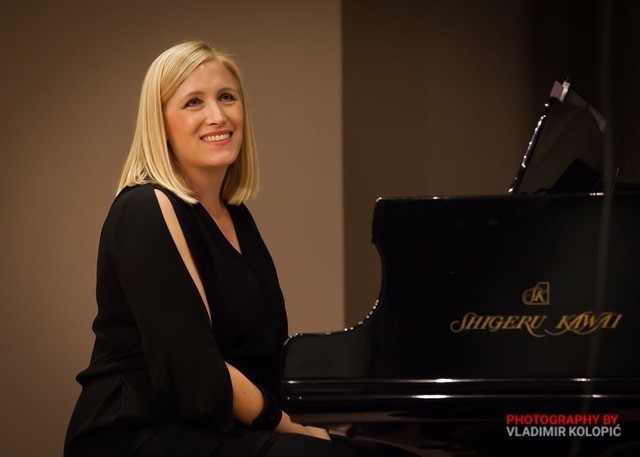We caught up with the brilliant and insightful Rebecca Cordes a few weeks ago and have shared our conversation below.
Rebecca, looking forward to hearing all of your stories today. What’s been the most meaningful project you’ve worked on?
On February 23, I will be releasing a new album, which is a solo piano recording called American Blue. The album commemorates the 100th anniversary of the premiere of Gershwin’s Rhapsody in Blue, which was on February 12. As a classically trained pianist who found jazz later in her career, I have a special affinity for this piece. Not only does it combine both elements of my artistry, it’s also a universally beloved piece that’s a cornerstone of what we now recognize as the American sound in music.
I knew I wanted the album to fit within the “jazz and classical” framework established by Rhapsody, but choosing the other songs and pieces to join it on the album caused me to ask the question, “Well, what exactly is the American sound?” The answer I arrived at was the blues. So much of American music has its roots in the blues – from classical music to jazz, country, R&B, and rock-n-roll. So, the album took shape as a collection of blues-influenced music featuring Gershwin and his peers of the early 20th century.
Listeners will welcome familiar names – like Copland and Ellington – as well as some they may not recognize, such as Florence B. Price and Mary Lou Williams. It was a special delight to be able to highlight the music of these women composers. To my knowledge, there have been few – if any – recordings of the pieces by Price and Williams. Too often these women were written out of our music history, but they were giants of their time – and their music is an important contribution to the music culture we all share. My hope is that this recording takes a step towards “growing the tent” that holds our ideas of what American music is while celebrating all of the voices who have contributed.
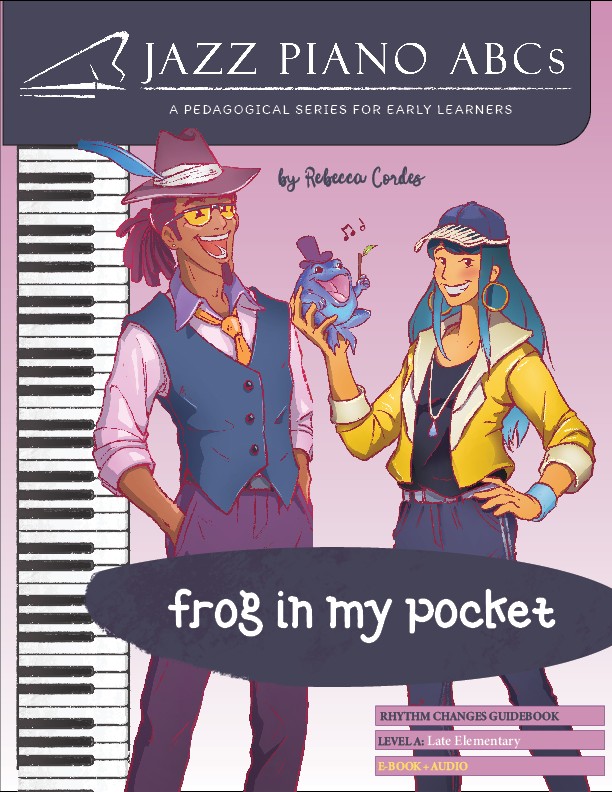
Awesome – so before we get into the rest of our questions, can you briefly introduce yourself to our readers.
My professional life as a musician is focused on three roles: pianist, composer, and teacher. As a pianist I perform primarily in the jazz genre. I lead my own band Plus One Jazz Group and perform as a side musician for The Satin Dolls Band, an all-female jazz quintet. Artistically, I’m interested in the connecting threads between different musical styles, which leads me to arrange jazz renditions of classical melodies, Broadway tunes, and pop music for my band to play. I have also composed numerous songs, instrumental pieces, and two musicals.
In my teaching I seek to combine the creative aspects of jazz and improvisation with classical reading and technique. Seeing the joy in my students as they learn to improvise – and my own love of jazz music – has led me to want to share that experience with other teachers and students through the creation of Jazz Piano ABCs, a jazz piano teaching series for early learners. The series is comprised of Guidebooks – multi-media collections of sheet music, practice tips, improvisation exercises, audio accompaniments, and videos – that each focus on a different topic in the jazz genre.
While piano teachers with a jazz background can certainly use the materials, my target audience is traditional, classically trained teachers, who would like to provide this type of music education to their students but may feel that they are lacking the background and training. I hope to empower them to share jazz and improvisation with their students. The first Guidebook, Frog in My Pocket, is currently available at JazzPianoABCs.com. A formal product launch will be held later this year.
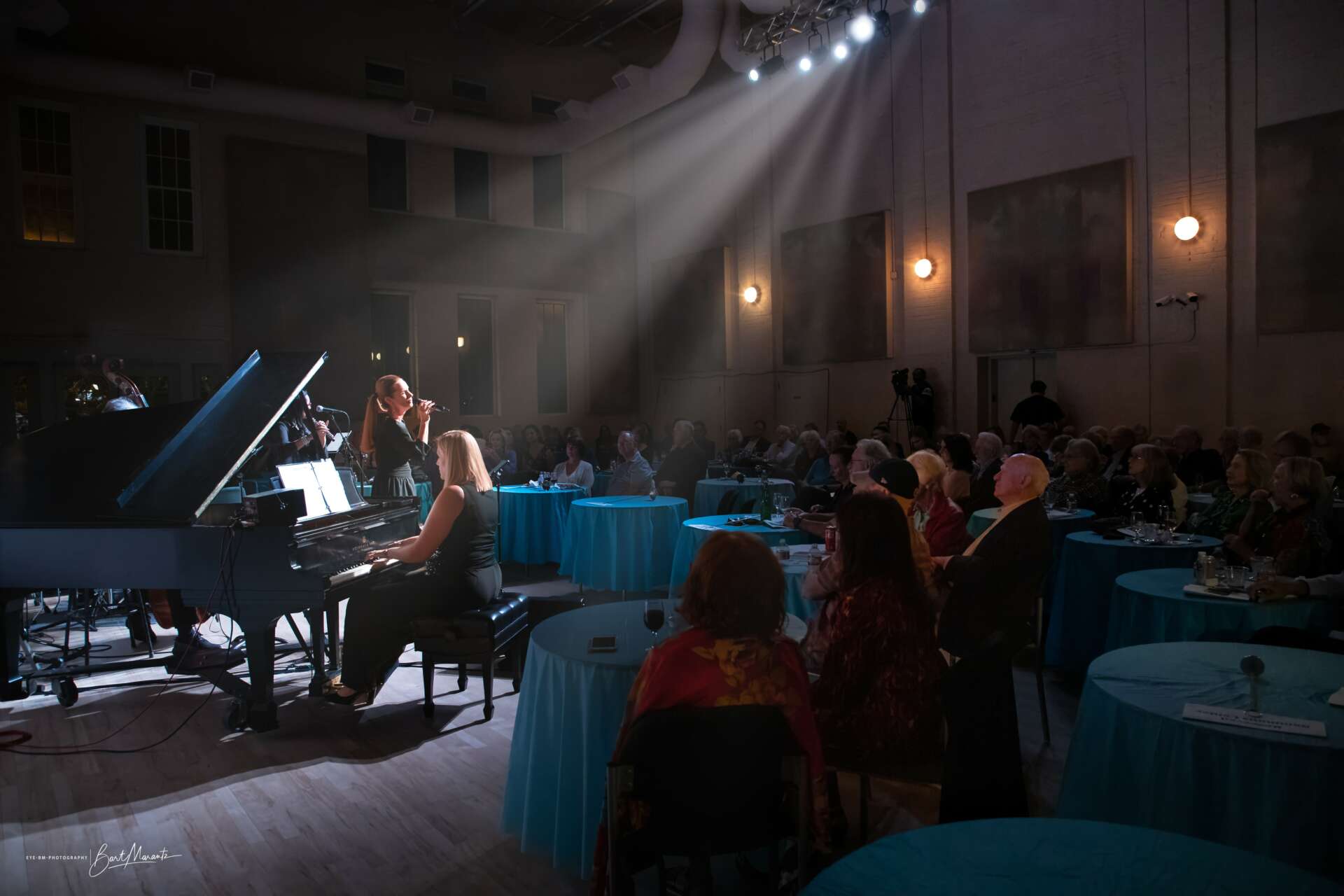
How can we best help foster a strong, supportive environment for artists and creatives?
This is such a good question! I think there are things individuals can do, and there are also things that communities and institutions can do.
Individuals can find ways to be a patron of the arts at any level of financial commitment that’s affordable to them (even for free). Here are some ideas:
• Help artists and performers get the word out by reposting their news on your social media pages.
• Take time after performances and events to let the artist(s) know how their work touched you. Often artists do what they do without really knowing if anyone was into it, so letting them know you care has real impact, and it helps them stay inspired to keep at it.
• Ask your office event planner to book a local band for your next office party instead of a DJ, and then help spread the word about why you think the band is awesome.
• Tip musicians whenever you can. Musicians make very little money playing in clubs and bars, so tips help make it worth their while.
• Streaming models are not profitable for indie musicians (it takes 400 streams to earn $1). So, buy one of their CDs and give it to an old-school friend who still listens on disc. Or if you prefer streaming only, ask for their Venmo handle and leave them a tip.
• Help an artist succeed by contributing to them on Patreon.
• Give your business to the shops who provide work and opportunities for creatives. For example, buy your wine – or even just some of it – from the wine bar that has live local music instead of buying from a big box retailer.
• Find out about local arts organizations. If there are some who enrich your life, become a member or subscriber! Organizations often plan their budgets based on membership, so your commitment to them grows their programming and provides more arts experiences for the entire community.
At a community level, local government can create an environment that encourages the arts by having grant programs for arts endeavors and tax breaks for organizations who serve the community through the arts. As growth patterns change in cities, areas in lower demand for business or housing can be zoned for creatives, so that they can benefit from lower rents. This also helps revitalize neighborhoods that might become blighted if left vacant.
These policy efforts can then be accelerated by non-profit arts incubators who provide low-rent office, studio, and rehearsal spaces for arts organizations, so that they can lower their bottom line and devote more of their limited resources to programming. Often these same organizations sponsor local concert series and arts events to highlight and promote local talent. When these two approaches work in tandem, they foster a sense of community where artists feel there is a viable path for making a go of their artistic visions. Eventually the ecosystem becomes self-sustaining, and communities thrive.
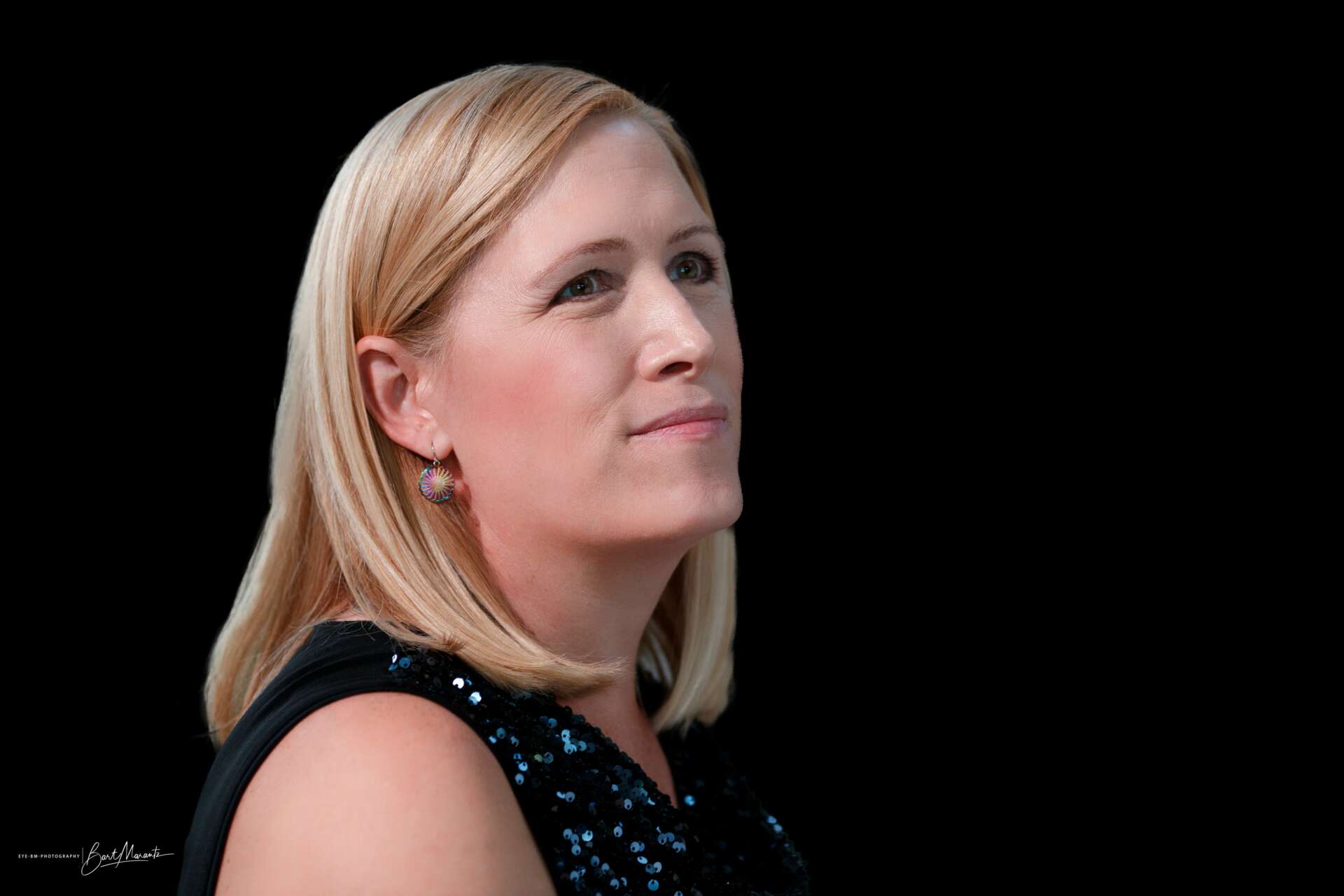
Is there something you think non-creatives will struggle to understand about your journey as a creative? Maybe you can provide some insight – you never know who might benefit from the enlightenment.
I think there’s a misnomer that creatives just have a ton of talent and then – of course – they just get to do what they do. Yes, creative endeavors do require some natural talent, but that’s probably the least important element in the formula for success.
Grit, for example, is more important. Entrepreneurial vision is more important. The discipline to get up day in and day out to practice and hone your craft, market yourself, and honor your colleagues is way more important. A talent will never be known or celebrated without these elements happening first.
Creatives do all these things without any salary guarantee and without the assured knowledge that they’ll be successful. It can be scary and tiring and lonely.
I hope this insight would serve not only to elicit respect for the efforts of creatives, but also to empower those who view themselves as “non-creatives” to feel a sense of personal agency. Creative people are such because they choose creativity as a way of being, not because they are more intrinsically gifted than others.
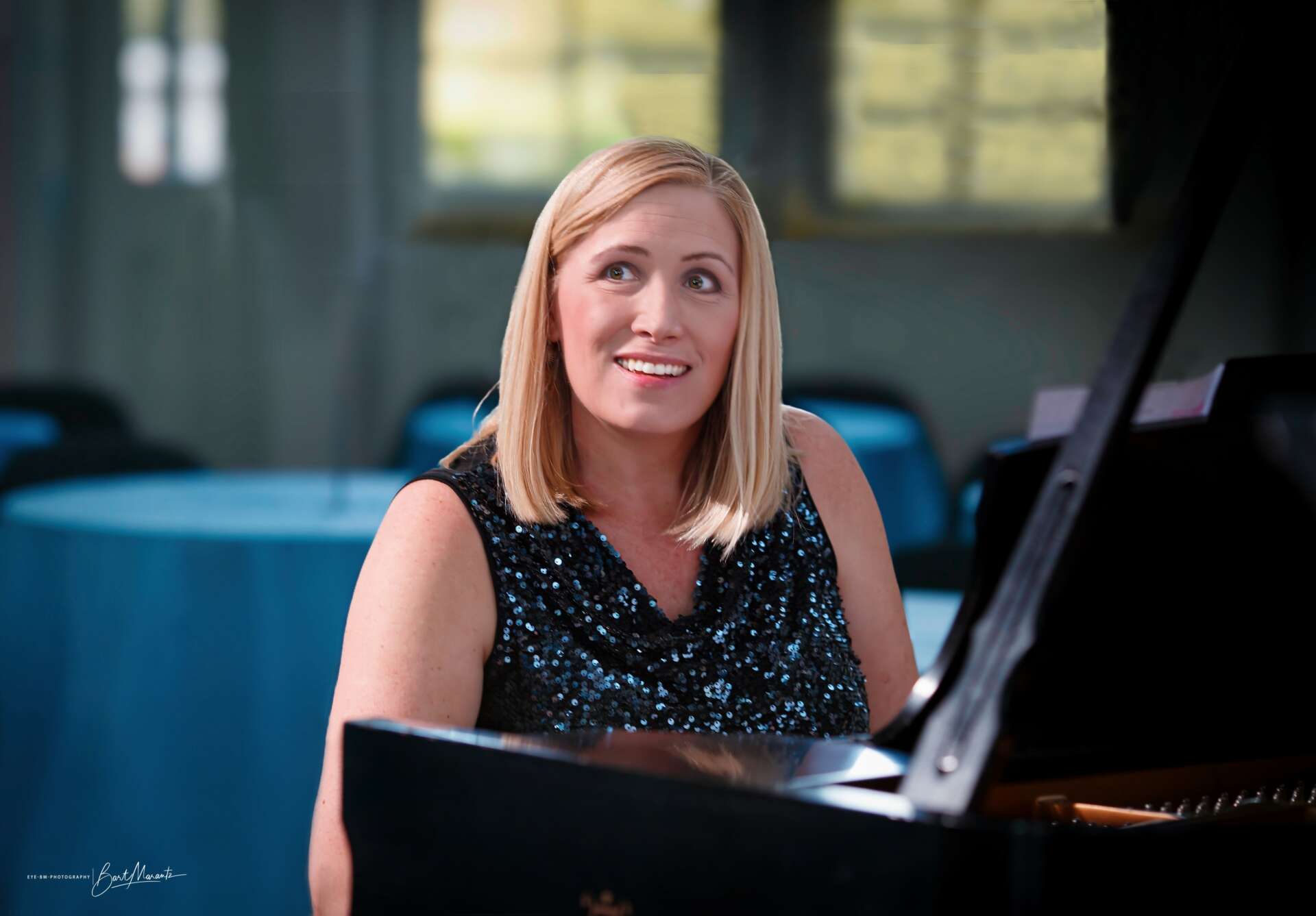
Contact Info:
- Website: www.RebeccaCordes.com
- Instagram: rlcpiano
- Facebook: Rebecca Cordes Music
- Twitter: @TexBex76
- Youtube: @RebeccaCordesMusic363
- Other: JazzPianoABCs.com
Image Credits
Vladimir Kolopic Bart Marantz


